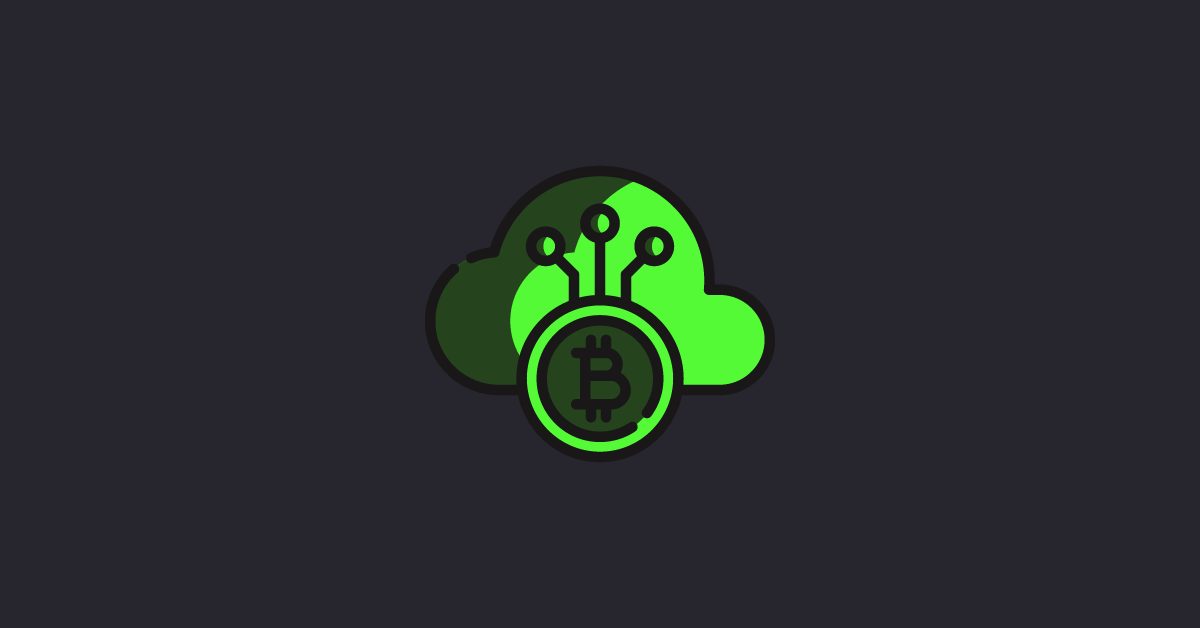


What is STABLECOIN and why it might be THE NEXT BIG THING in E-Commerce and beyond?
- By Kriss
- Published on: November 4, 2020
Cryptocurrencies, unlike fiat currencies, are not issued or regulated by any monetary authority. Cryptocurrencies are virtual currencies that can be traded all over the world. All of this makes bitcoin decentralized: it’s peer-to-peer, fully digital, encrypted, and can be sent immediately and anonymously to anyone on the planet.
Isn’t it simple? This is where a cryptocurrency known as Stablecoin comes into play. Stablecoin is a brand-new cryptocurrency that offers price stability and is backed by a fiat cash reserve. Stablecoin was created to combat the price volatility that has been synonymous with traditional cryptocurrencies like Bitcoin and Ether.
It’s built to be stable. Stablecoins aim to combine the benefits of cryptocurrencies, such as quick payment processing, privacy, and security, with the less volatile and stable prices of traditional fiat currencies.
Does crypto need stability and why?
The market value of stablecoins is tied to a certain external reference. They can be linked to a common currency like the US dollar, Euro, or Yen, or to a commodity like gold or oil.
The kind of short- and long-term volatility that we’ve learned to expect from traditional cryptos like Bitcoin makes it unsuitable for everyday use by the general population. A currency’s value should be reasonably constant over considerably longer periods of time than Bitcoin has been able to do. It’s very uncommon for a cryptocurrency to move 10% or more in either direction on a daily basis, and to climb and fall many times in a couple of months.
To incentivize spending rather than conserving, a cryptocurrency coin should be able to maintain its purchasing value and have the lowest possible inflation. Stablecoins are here to offer a viable answer to this problem.
Why are traditional fiat currencies that much more stable?
The reserves that underlie fiat currencies are the most important variables. They are linked to an underlying asset, such as foreign exchange reserves or gold. These reserves serve as collateral, which helps to protect fiat currency valuations from the violent price volatility that are characteristic with cryptocurrencies.
Importantly, regulating entities such as central banks or governments regulate fiat currency. Price stability is also ensured by their timely market actions. The majority of cryptocurrencies lack these essential properties. They lack a reserve to back their worth, and because they are decentralized, they lack the authority to govern and control prices, manage demand and supply to preserve stability, and so on.
Collateral, collateral, collateral
Stablecoins are here to bridge the gap between crypto- and fiat currencies. The three categories of Stablecoins are as follows:
- Fiat-collateralized stablecoins maintain a fiat currency reserve, such as dollar, as collateral to issue a certain amount of coins. Collateral can also be gold, oil etc. Most fiat-collateralized coins use dollars. Tether (USDT) and TrueUSD are both good examples.
- Crypto-collateralized stablecoins are backed by other cryptos. A bigger number of tokens is usually maintained as reserve for issuing a smaller number of stablecoins. That makes them “over-collateralized”.
- Non-collateralized stablecoins or algorithmic stablecoins do not use a reserve, but instead a working mechanism, much like that of a central bank for stability. A mechanism is there to increase or decrease the supply on need basis, similar to a central bank printing more notes to maintain a value of a fiat currency.
Who issues stablecoins?
Stablecoins are generally produced by enterprises and commercial banks using fiat currencies as reserves, such as Facebook’s Libra and JP Morgan’s JPM Coin.
The world’s central banks are developing a new class of stablecoins. They have the ability to issue money as well as stablecoin. CBDC – Central Bank Digital Currency – will be the name of these coins. Central banks will retain complete control over the issuance of money while also utilizing cryptocurrency and blockchain technology.
Is this the future?
The fact that central banks are suddenly interested in the benefits of cryptocurrencies could be both a good and a bad thing for crypto’s future. CBDC will not be as decentralized as a traditional cryptocurrency, but it will also not be as centralized as fiat currencies are and always have been.
The fact that central banks are suddenly showing such interest in the benefits of cryptocurrencies can both be a good or bad thing for the future of crypto. CBDC will obviously not be as decentralized as a regular cryptocurrency, but also not completely centralized like fiat currencies are and have always been.
Regular cryptocurrencies also have a lot to win from the emergence of stablecoins. Throughout the history of cryptocurrency, the fundamental concern with most cryptocurrencies has been volatility. If cryptocurrency is ever to become a widely used (rather than just saved) currency, complete decentralization may not be the best option. Cryptocurrency may learn from and profit from its forerunners, fiat currencies, as well as vice versa.
- Stablecoins ARE the next big thing in e-commerce.
- Stablecoins ARE the next big thing for cryptocurrencies.
- Stablecoins ARE the next big thing for central banks.
- Stablecoins might well be the FUTURE OF MONEY.
- Share via

Kiara Sofia Smith
My current focus is blockchain technology and cryptocurrency. One could even call me a blockchain “enthusiast.” I have worked for almost a decade on several financial projects related to the stock market news, fundamental research and technical analysis for several blogs.
Recent Posts


These Major Companies Accept Bitcoin as Payment

What You Should Know About These Three Types of Transaction Fees With Cryptocurrency?
About Us
We are friendly cryptocurrency community and our mission is to give the latest info access to the people.



